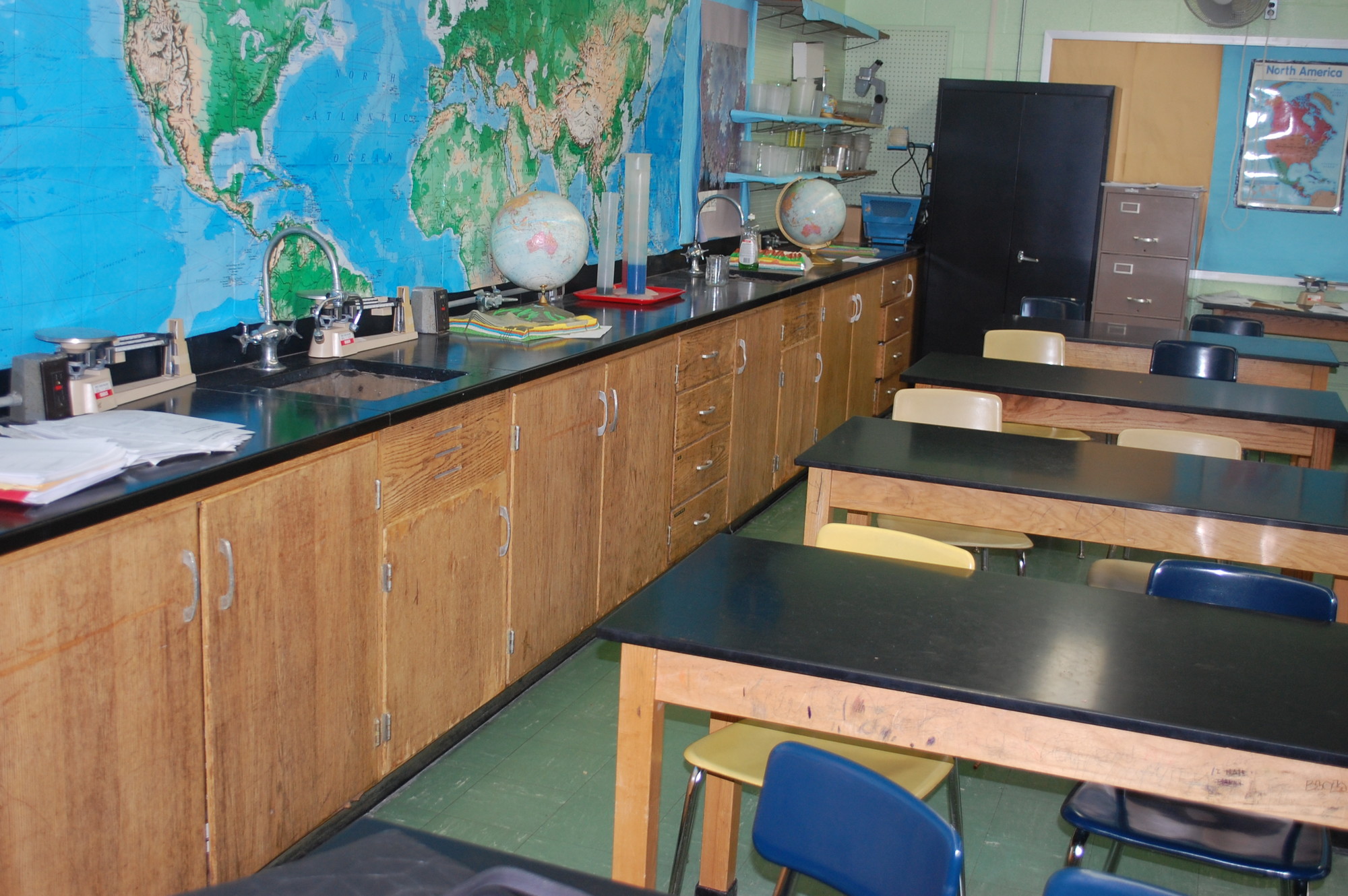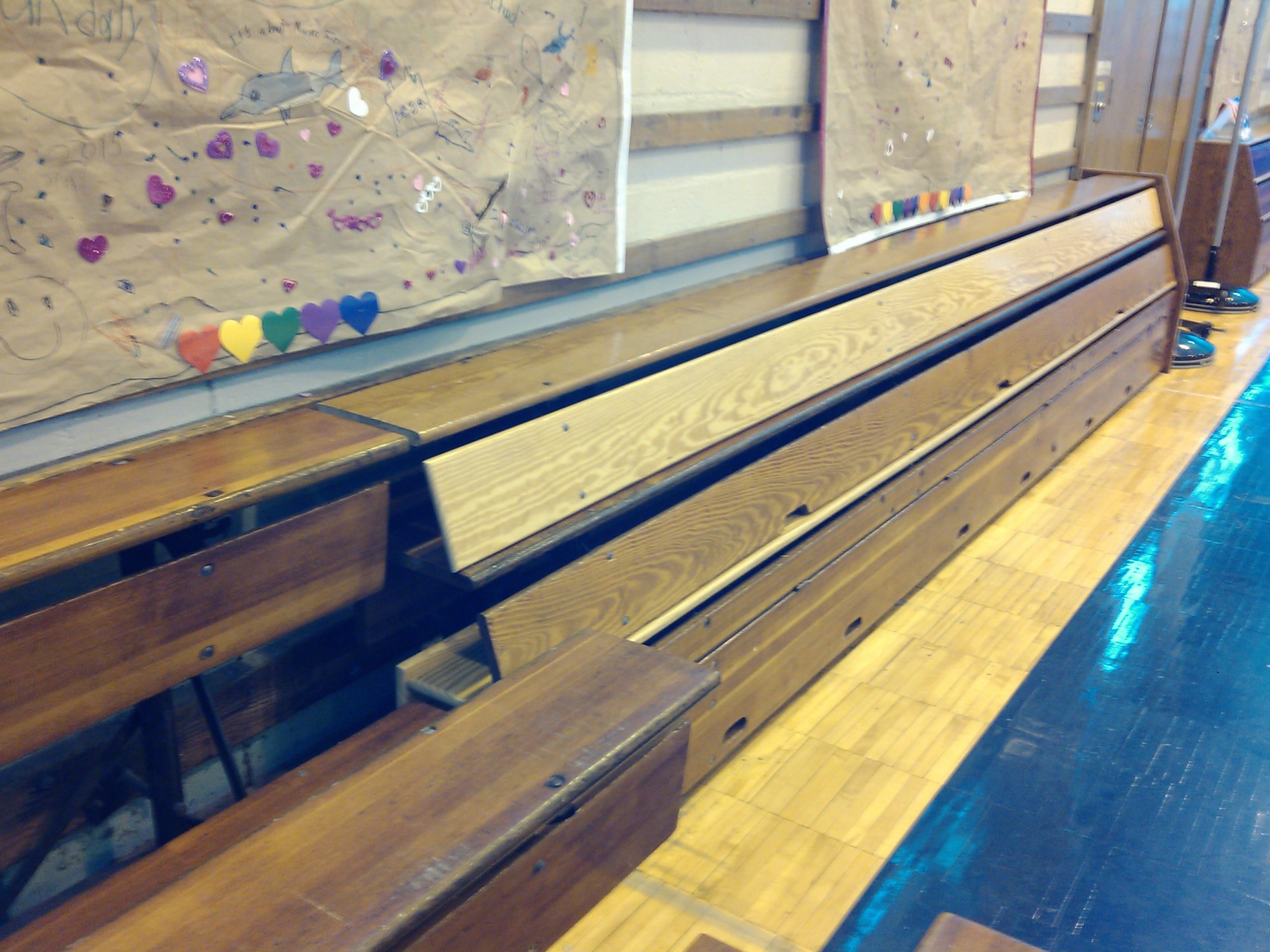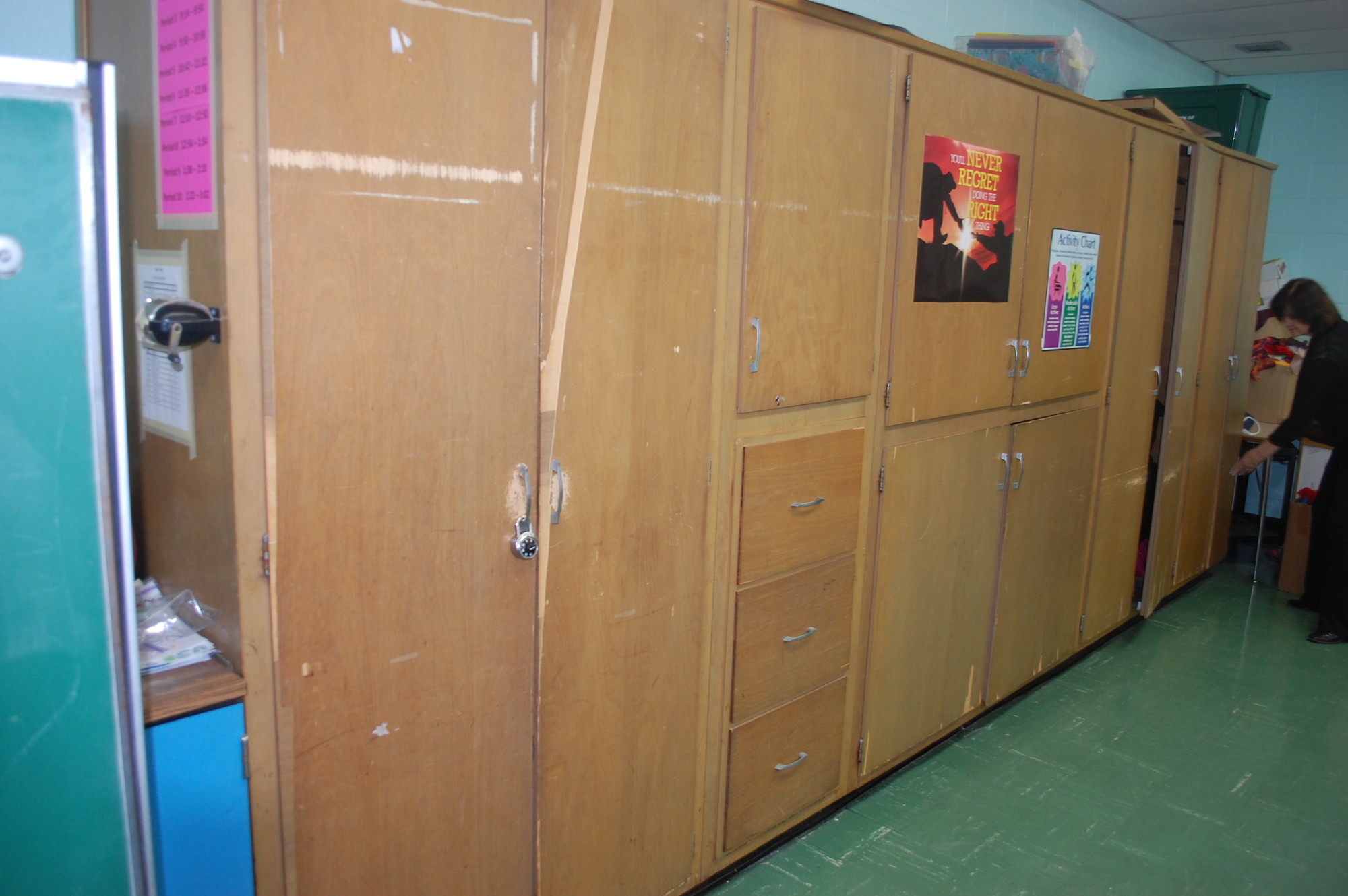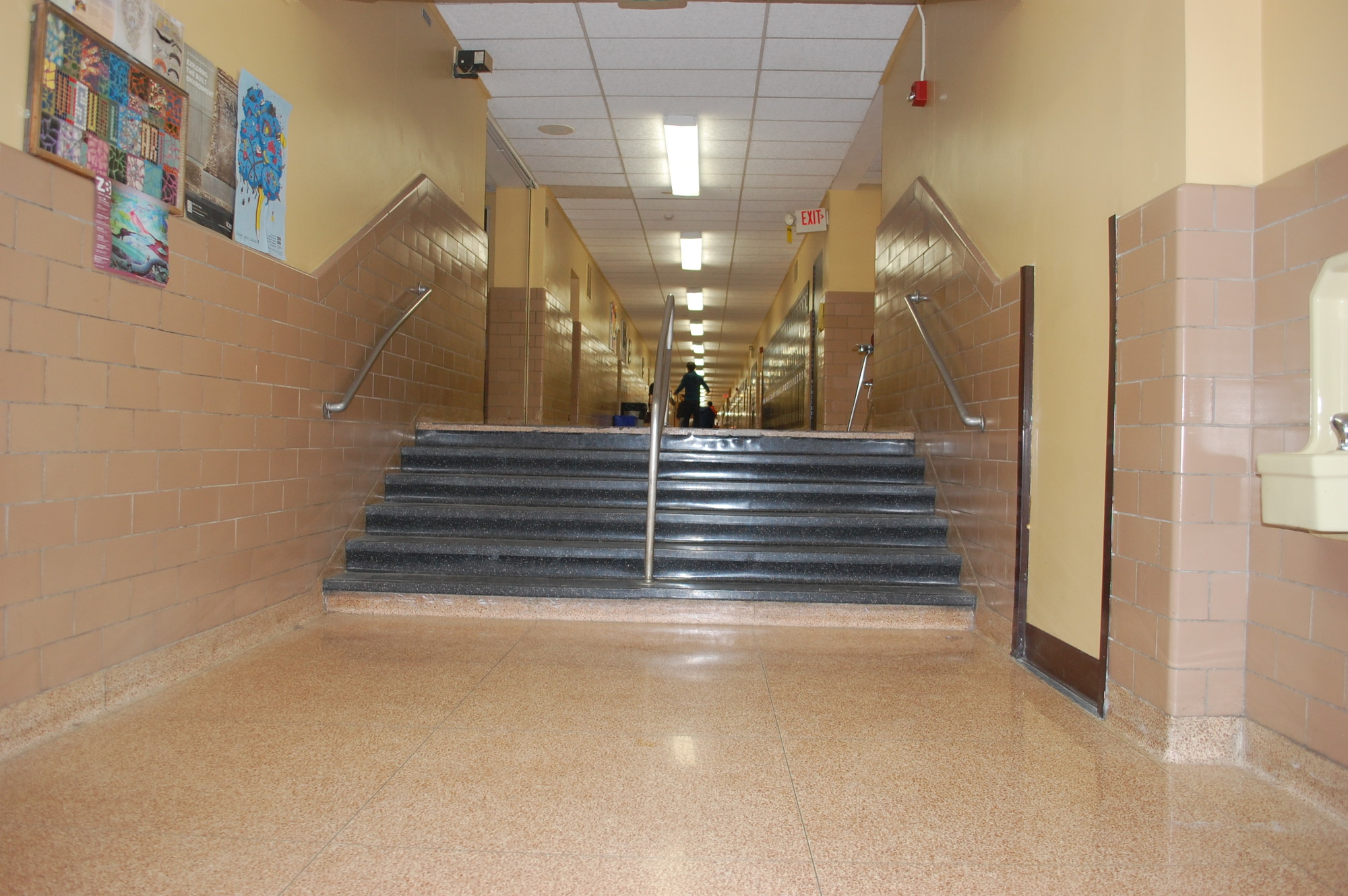Work on tap for Wantagh schools
District to seek OK for capital reserve spending
Wantagh schools are in need of a little TLC. That’s the message from district officials, who are seeking voter approval to spend more than $2 million of the district’s capital reserve fund for a variety of upgrades at its five buildings.
Most of the facilities nearing or past 60 years old, and some renovations are long overdue, administrators say. Along with the school budget vote on May 19, residents will also decide on whether to authorize $2.28 million in various projects. Last March, voters approved the creation of the capital reserve fund, with spending not to exceed $5 million over five years.
“There’s much more than $5 million worth of work that needs to be done,” Superintendent Maureen Goldberg said, adding that the amount in the proposition was chosen with taxpayers in mind. If voters OK it in May, the repairs would come from existing funds, and would not raise taxes further.
While big-ticket items like windows, roofs and boilers are in good shape, school officials say that there is still plenty of work to be done, including brick repair, electrical upgrades and classroom renovations.
During a tour last week with administrators, the Herald got a firsthand look at many of the areas where work is planned. One of the largest projects, estimated to cost about $596,000, would be the replacement of ceilings. The primary focus would be the Mandalay and Forest Lake elementary schools, which were both constructed in 1957 and still have many of the original tin ceilings.
Adriana Silver, assistant superintendent for business, said the district would be doing lighting upgrades by way of an energy performance contract, and that it makes sense to do lights and ceilings at the same time.
Nearly $500,000 would be earmarked for electrical upgrades, primarily at the middle and high schools. Marty Abrams, the district’s director of facilities, said that with the addition of more technology over the years, many of the circuits are maxed out. New panels would be added, he said, and electrical service to the buildings would be upgraded if necessary.
Brick pointing and lintel repairs are projects that would cost an estimated $350,000. There are cracks in the brick work at all five schools, which can lead to water damage, Abrams explained. Lintels are metal plates above windows that hold bricks in place, and those that are sagging or rusting would be replaced.
Science classroom renovations are tabbed at $340,000. Three classrooms — one at the middle school and two in the adjoining high school — would be completely overhauled. Work would include new ceilings, lighting, floors, cabinets, sinks and work stations. “Usually when we renovate a room,” Goldberg said, “it’s soup to nuts.”
She added that the department director and teachers would have input in the design of the renovated rooms.
Abrams said that many cabinets have fallen into disrepair, and the rooms are generally not designed for the modern learning environment. In one room, an inoperable sink in the teacher’s demonstration table is covered by a board. “The age has caught up to everything,” he said.
Cabinets would also be replaced in the family and consumer sciences classrooms, a project estimated to cost nearly $30,000.
Other work would include replacing original classroom doors, bathroom renovations, and safety and security enhancements. A ramp would be installed in the high school to make the fine arts win accessible to students and staff with disabilities. The original bleachers in the Mandalay gymnasium would also be replaced, as were the bleachers at Forest Lake a few years ago.
“Our intent is to make sure each school benefits from this capital reserve,” Abrams said.
Administrators touted the fund’s benefits, saying it is a way to set aside money for bigger repairs without further raising taxes. “The projects have needed to be done for some time,” Goldberg said, “and there’s only so much you can place in your budget.”
In addition to voter approval, the State Education Department must sign off on all the work, making it likely that the larger projects would be completed in the summer of 2016.
Money for the work has already been set aside, in the form of budget surpluses, unanticipated revenues and transfers from other reserve funds. If voters approve the proposition in May, the district would have four more years to have an additional $2.7 million worth of work authorized by voters.

 44.0°,
Mostly Cloudy
44.0°,
Mostly Cloudy 











